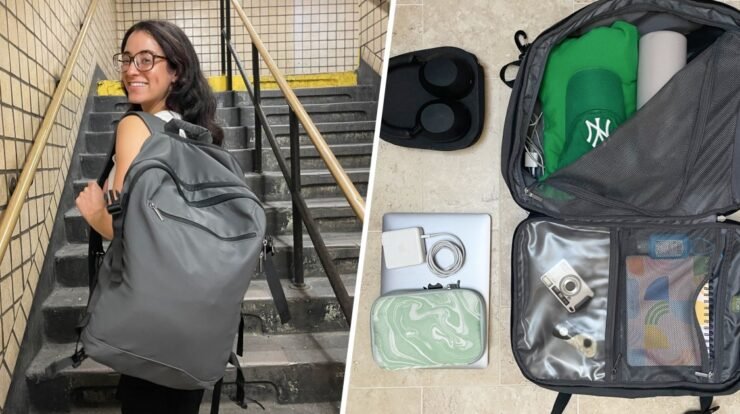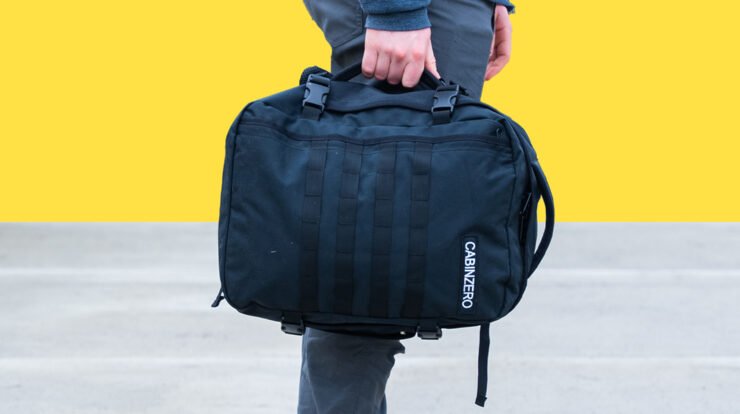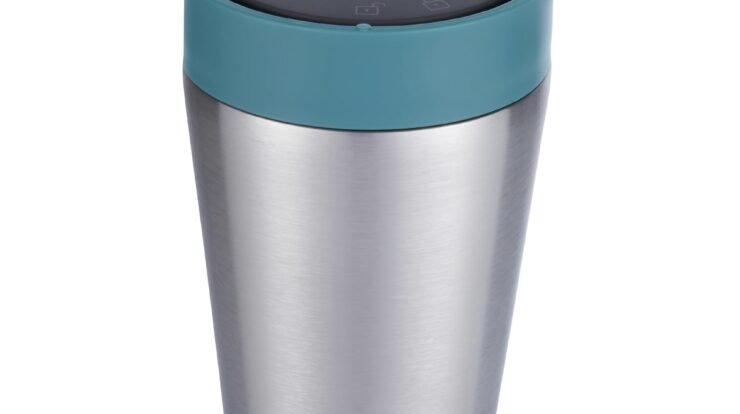Camping backpacks have evolved far beyond bulky, heavy gear bags meant solely for rugged trails. Today, they’re sleek, versatile, and designed to double as carry-on luggage for air travel. For outdoor enthusiasts who want to streamline their adventures, finding a camping backpack that meets airline carry-on size restrictions while still offering the durability and functionality needed for the wilderness is a game-changer. In this in-depth guide, I’ll share expert insights on selecting the perfect camping backpack for airplane carry-on use, balancing practicality, comfort, and compliance with airline regulations. Whether you’re a seasoned backpacker or a weekend warrior, this article will help you navigate the options and make an informed choice.
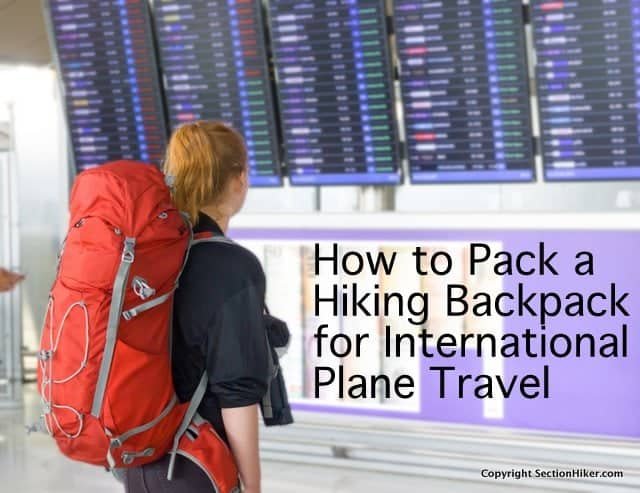
Why Use a Camping Backpack as a Carry-On?
Using a camping backpack as your airplane carry-on offers several advantages. First, it eliminates the need to check luggage, saving time and avoiding the risk of lost bags. Second, a well-designed camping backpack is built for versatility, allowing you to transition seamlessly from the airport to the trail. Finally, with airlines enforcing stricter baggage policies, a carry-on-compliant backpack ensures you stay within size limits while maximizing packing space.
Most airlines in the U.S. and internationally allow carry-on bags up to 22 x 14 x 9 inches, including handles and wheels. A camping backpack designed for carry-on use fits these dimensions while offering features like padded straps, multiple compartments, and durable materials suited for outdoor adventures. However, not all camping backpacks are created equal, and choosing one that balances airline compliance with trail-ready functionality requires careful consideration.
Key Features to Look for in a Carry-On Camping Backpack
When evaluating camping backpacks for airplane carry-on use, several critical features stand out. These ensure the bag meets both travel and outdoor needs without compromising on comfort or durability.
1. Size and Airline Compliance
The most important factor is ensuring the backpack adheres to airline carry-on size restrictions. A backpack with dimensions of 22 x 14 x 9 inches or smaller is generally safe for most airlines, including budget carriers with stricter rules. Look for backpacks labeled as “carry-on compliant” or those with a capacity of 30 to 45 liters, as these typically fit within the required dimensions when not overpacked.
Some backpacks, like the Osprey Farpoint 40 or the Tortuga Outbreaker 35L, are specifically designed with carry-on travel in mind. These models maximize internal space while staying within airline limits, making them ideal for both urban airports and remote trails.
2. Durability and Weather Resistance
A camping backpack must withstand the rigors of outdoor use, from rocky terrains to sudden rainstorms. Look for materials like ripstop nylon or polyester with a high denier rating (e.g., 210D or higher) for durability. Water-resistant coatings or included rain covers are also essential to protect your gear in unpredictable weather.
For example, the Gregory Mountain Products Paragon 48 features a weather-resistant design with a robust frame, making it suitable for both camping and air travel. Its compact size ensures it fits in overhead bins, while its rugged build holds up on the trail.
3. Comfort and Ergonomics
Comfort is non-negotiable, especially if you’ll be carrying the backpack through airports or on long hikes. Look for padded shoulder straps, a ventilated back panel, and an adjustable hip belt to distribute weight evenly. A sternum strap can also enhance stability during movement.
Backpacks like the Deuter Trail 30 offer ergonomic designs with breathable mesh back systems, ensuring comfort during extended wear. These features make a significant difference when navigating crowded terminals or tackling steep inclines.
4. Organization and Accessibility
A well-organized backpack simplifies travel and camping. Multiple compartments, including a dedicated laptop sleeve, side pockets for water bottles, and quick-access front pockets, keep your essentials within reach. For air travel, a backpack with a clamshell-style opening (like a suitcase) makes packing and unpacking easier and allows for efficient security checks.
The REI Co-op Ruckpack 40 is a standout in this category, with a full-zip main compartment and multiple pockets for organization. Its thoughtful design ensures you can access your gear quickly, whether at the airport or a campsite.
5. Weight and Packability
A lightweight backpack is crucial for both air travel and hiking. Aim for a bag weighing 2 to 4 pounds when empty to avoid adding unnecessary bulk. However, don’t sacrifice durability for weight—look for a balance that ensures the backpack can handle heavy loads without tearing.
The Sea to Summit Quagmire 35L is an excellent example of a lightweight yet durable option. At just under 3 pounds, it offers ample space for camping gear while remaining easy to carry through airports.
Read more: Why the RFID Blocking Travel Neck Wallet Is Your Ultimate Travel Companion
Top Camping Backpacks for Airplane Carry-On Use
Based on extensive research and personal experience testing backpacks in various conditions, here are five top picks for camping backpacks that double as airplane carry-ons. Each offers a unique blend of features tailored to travelers and outdoor enthusiasts.
1. Osprey Farpoint 40
The Osprey Farpoint 40 is a favorite among travelers and campers alike. With a 40-liter capacity and dimensions of 21 x 14 x 9 inches, it meets most airline carry-on requirements. Its padded shoulder straps and hip belt provide excellent comfort, while the lockable zippers add security during travel. The backpack’s durable nylon construction and internal frame make it suitable for rugged outdoor use.
Pros: Lightweight (3.5 pounds), spacious main compartment, stowable straps for streamlined travel.
Cons: Limited external pockets for quick-access items.
Best for: Travelers who want a versatile bag for both urban and outdoor adventures.
2. Tortuga Outbreaker 35L
The Tortuga Outbreaker 35L is designed with frequent flyers in mind but adapts well to camping. Its 35-liter capacity and 21.7 x 13.8 x 8.3-inch dimensions ensure carry-on compliance. The backpack features a weather-resistant exterior, a padded laptop compartment, and adjustable suspension for comfort on long treks.
Pros: Excellent organization, premium materials, comfortable fit.
Cons: Slightly heavier (4.5 pounds) than other options.
Best for: Campers who prioritize organization and tech-friendly features.
3. REI Co-op Ruckpack 40
The REI Co-op Ruckpack 40 blends travel-friendly design with outdoor durability. Its 40-liter capacity and 22 x 14 x 8-inch size make it carry-on compliant, while the water-resistant fabric and included rain cover protect against the elements. The backpack’s ventilated back panel and removable daypack add versatility.
Pros: Detachable daypack, breathable design, affordable price.
Cons: Less padded hip belt compared to premium models.
Best for: Budget-conscious adventurers seeking a reliable all-purpose backpack.
4. Deuter Trail 30
For those who prefer a smaller, lightweight option, the Deuter Trail 30 is a stellar choice. With a 30-liter capacity and dimensions of 20 x 11 x 8 inches, it easily fits under airplane seats. Its Aircontact back system ensures ventilation, and the durable ripstop nylon withstands tough conditions.
Pros: Ultra-light (2.5 pounds), compact size, excellent ventilation.
Cons: Smaller capacity limits packing for longer trips.
Best for: Minimalist campers and day hikers.
5. Gregory Mountain Products Paragon 48
The Gregory Paragon 48 pushes the upper limit of carry-on size at 22 x 14 x 9 inches but offers unmatched durability and comfort. Its 48-liter capacity is ideal for extended camping trips, and the adjustable suspension system ensures a custom fit. The backpack’s water-resistant coating and robust frame make it a reliable choice for challenging environments.
Pros: Spacious, highly adjustable, durable construction.
Cons: Slightly bulkier than other options.
Best for: Serious backpackers who need extra space without checking luggage.
Tips for Packing a Camping Backpack for Air Travel
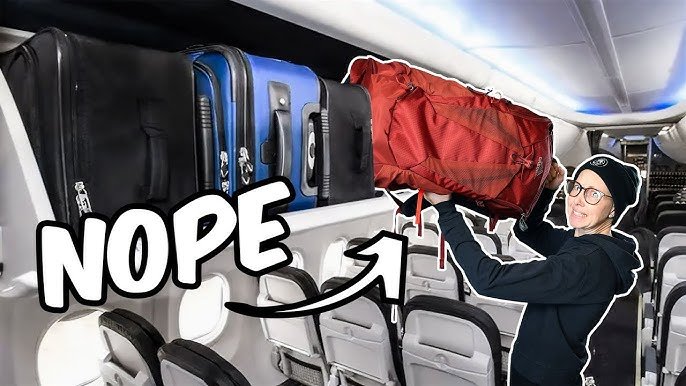
Packing a camping backpack for airplane carry-on use requires strategy to maximize space and comply with TSA regulations. Here are some expert tips to streamline the process:
Use Packing Cubes: Packing cubes keep your gear organized and compress clothing to save space. Opt for lightweight, durable cubes like those from Eagle Creek.
Prioritize Essentials: Place heavy items like hiking boots or a stove near the bottom of the pack to balance weight. Keep travel documents and electronics in easy-access pockets.
Follow TSA Rules: Pack liquids in a quart-sized bag and ensure sharp objects like multi-tools are in checked luggage or left at home.
Test the Fit: Before heading to the airport, measure your fully packed backpack to confirm it meets carry-on size limits. Overstuffing can cause issues at the gate.
Wear Bulky Items: If space is tight, wear your hiking boots or jacket on the plane to free up room in the backpack.
Read more: Finding the Best Continuous White Noise Machine for Restful Sleep
Navigating Airline Policies with a Camping Backpack
Airline policies vary, so it’s wise to check specific carry-on rules before flying. Major U.S. carriers like Delta, American, and United typically allow one carry-on bag and one personal item, with the backpack counting as the carry-on. Budget airlines like Spirit or Frontier may have smaller size limits or additional fees, so review their guidelines in advance.
To avoid surprises, consider soft-sided backpacks over rigid-frame models, as they’re easier to fit in overhead bins or under seats. If your backpack has external straps or loops, secure them to prevent snagging during boarding.
Balancing Style and Functionality
While functionality is paramount, a camping backpack can also reflect your personal style. Many modern backpacks come in sleek designs and neutral colors like black, gray, or olive, making them suitable for both trails and airports. Brands like Osprey and Deuter offer gender-specific fits and aesthetic options, ensuring you look good while staying practical.
Read more: Exploring In-Ceiling White Noise Generators for Serenity and Focus
Environmental Considerations
As outdoor enthusiasts, choosing eco-friendly gear is a responsibility we share. Look for backpacks made from recycled materials or produced by brands with sustainable practices. REI Co-op and Patagonia are leaders in this space, offering backpacks with minimal environmental impact without sacrificing quality.
Final Thoughts on Camping Backpacks for Carry-On Travel
Selecting the right camping backpack for airplane carry-on use is about finding the sweet spot between airline compliance, outdoor durability, and personal comfort. Whether you opt for the spacious Gregory Paragon 48 or the compact Deuter Trail 30, the key is to prioritize features that align with your travel and camping needs. By focusing on size, durability, organization, and comfort, you can confidently choose a backpack that enhances your adventures, from the airport to the wilderness.
With the right preparation and gear, using a camping backpack as a carry-on opens up a world of seamless travel and unforgettable outdoor experiences. Pack smart, travel light, and hit the trails with confidence—your perfect backpack is out there waiting.

